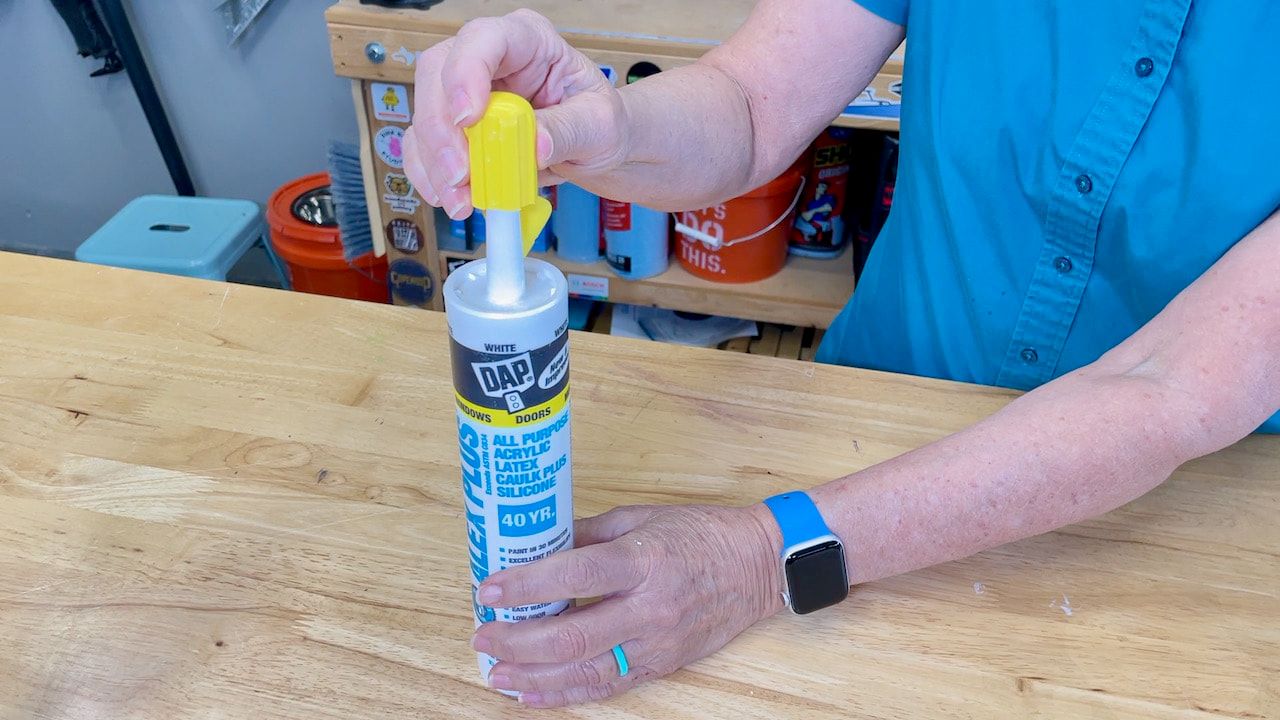

Articles
How To Store Opened Caulk Tube
Modified: February 23, 2024
Learn the best way to store opened caulk tube to keep it fresh and ready for use. Read our helpful articles for step-by-step instructions and tips.
(Many of the links in this article redirect to a specific reviewed product. Your purchase of these products through affiliate links helps to generate commission for Storables.com, at no extra cost. Learn more)
Introduction
Welcome to this guide on how to store opened caulk tubes. If you’ve ever used caulk for home improvement projects, you know that it can be incredibly useful for sealing gaps, cracks, and joints. However, once you’ve opened a caulk tube, it can be challenging to keep it fresh and usable for future projects. That’s why proper caulk tube storage is essential to ensure you can get the most out of your caulk and avoid wastage.
In this article, we will discuss the importance of properly storing opened caulk tubes and provide you with step-by-step instructions to help you maintain the quality of your caulk for future use. By following these guidelines, you’ll be able to save money and ensure that your caulk remains effective and ready to use whenever you need it.
So let’s dive in and learn how to properly store opened caulk tubes!
Key Takeaways:
- Properly storing opened caulk tubes is crucial for preserving quality, saving money, and promoting sustainability. Follow the step-by-step guide to maintain caulk effectiveness and minimize wastage.
- By cleaning, sealing, choosing the right storage location, monitoring, and disposing of expired caulk tubes responsibly, you can ensure the longevity and usability of your caulk for future projects.
Read more: How To Store Caulking Tube
Importance of Properly Storing Opened Caulk Tubes
Properly storing opened caulk tubes is crucial for several reasons. First and foremost, it helps to preserve the quality and effectiveness of the caulk. When exposed to air and moisture, caulk can dry out, become hardened, or lose its adhesive properties. This makes it difficult to apply smoothly and creates a weak seal. By storing your caulk properly, you can prolong its shelf life and maintain its performance.
Additionally, storing opened caulk tubes properly saves you money in the long run. If you don’t store caulk correctly and it dries out or becomes unusable, you’ll have to purchase a new tube for your next project. This unnecessary expense can quickly add up, especially if you frequently work on home improvement tasks or DIY projects.
Furthermore, proper caulk tube storage ensures that you always have caulk on hand when you need it. Rather than finding yourself in the middle of a project with dried-up or expired caulk, you can store your opened tubes properly and have them readily available for any touch-ups or repairs. This saves you time and frustration, allowing you to complete your projects smoothly and efficiently.
Lastly, properly storing opened caulk tubes is an environmentally friendly practice. By avoiding wastage and maximizing the lifespan of your caulk tubes, you contribute to reducing the amount of caulk waste that ends up in landfills. This small change can have a positive impact on the environment and help promote sustainability.
Now that we understand the importance of properly storing opened caulk tubes, let’s move on to the materials you’ll need for the storage process.
Materials Needed for Storing Opened Caulk Tubes
Before you begin the process of storing opened caulk tubes, gather the following materials:
- A caulk gun: This is essential for applying caulk and sealing the tube effectively.
- A utility knife or caulk cutter: You’ll need this to remove the nozzle and create a clean opening for the caulk to flow out.
- Plastic wrap or caulk tube cap: These items will be used to seal the open end of the caulk tube.
- An airtight container or a sealable plastic bag: This will serve as the storage vessel for the caulk tube.
- A marker or label: This is helpful for noting the date of opening and other relevant information on the storage container.
- A cool, dry storage location: Choose a place where the caulk tube will be protected from extreme temperatures and moisture.
By having these materials ready, you’ll be prepared to store your opened caulk tubes effectively, ensuring their longevity and usability for future projects.
With the necessary materials in hand, let’s proceed to the first step: cleaning the caulk tube and nozzle before storage.
Step 1: Cleaning the Caulk Tube and Nozzle
Before you store an opened caulk tube, it’s important to clean the tube and nozzle to remove any excess caulk. This step ensures that the caulk tube remains in good condition and prevents clogging when you use it in the future.
To clean the caulk tube and nozzle:
- Using a utility knife or caulk cutter, carefully remove the nozzle from the tube. Be sure to follow all safety precautions and handle the sharp tool with caution.
- Inspect the nozzle and tube for any leftover caulk. If there are hardened or dried-out bits, use a toothpick or a wire to gently remove them.
- Wipe both the nozzle and the open end of the tube with a clean cloth or paper towel to remove any residue or excess caulk.
- If the nozzle has become clogged, soak it in warm, soapy water for a few minutes to soften the dried caulk. Then, use a small brush or toothbrush to scrub away any remaining residue. Rinse the nozzle thoroughly to remove all soap and debris.
- Allow the nozzle and tube to dry completely before moving on to the next step. This helps prevent the growth of mold or mildew inside the tube.
By thoroughly cleaning the caulk tube and nozzle, you ensure that any leftover caulk is removed, preventing clogs and ensuring the longevity of the tube. Now that the cleaning process is complete, let’s move on to sealing the caulk tube in the next step.
Step 2: Sealing the Caulk Tube
Once you have cleaned the caulk tube and nozzle, it’s time to seal the tube properly to keep the caulk fresh and usable. Sealing the caulk tube effectively is crucial in preventing air and moisture from entering and causing the caulk to dry out or become hardened.
Here’s how to seal the caulk tube:
- Make sure the open end of the caulk tube is clean and dry, with no excess caulk or residue.
- If you have the original caulk tube cap, simply reattach it securely to the open end of the tube. Ensure that it is tightly sealed to prevent any air from entering the tube.
- If you don’t have the original cap or it is damaged, you can use plastic wrap as an alternative. Cut a piece of plastic wrap large enough to cover the open end of the tube completely.
- Place the plastic wrap over the open end of the tube and press it down firmly to create a tight seal.
- Secure the plastic wrap in place by wrapping a rubber band or a piece of tape around the tube, ensuring that the plastic wrap remains tightly sealed.
By securely sealing the caulk tube, you prevent air and moisture from getting inside, which helps to maintain the quality and usability of the caulk. Now that the caulk tube is sealed, let’s move on to choosing the right storage location in the next step.
After using caulk, clean the tip and nozzle with a damp cloth. Then, tightly seal the tube with a cap or wrap the tip with plastic wrap and secure with a rubber band to prevent air from drying out the caulk. Store in a cool, dry place.
Read more: How To Store Caulk Tubes
Step 3: Choosing the Right Storage Location
Selecting the appropriate storage location for your sealed caulk tube is essential to ensure its longevity and effectiveness. The ideal storage location should be cool, dry, and protected from extreme temperatures and moisture.
Follow these guidelines to choose the right storage location:
- Avoid storing the caulk tube in direct sunlight or near sources of heat. High temperatures can cause the caulk to dry out or become hardened.
- Choose a place with low humidity levels. Moisture can affect the consistency and adhesive properties of the caulk.
- Keep the caulk tube away from areas that experience temperature fluctuations, such as attics or garages, as these conditions can also impact its quality.
- Consider storing the caulk tube in a cabinet or a drawer in a temperature-controlled room. This helps to maintain a stable environment for the caulk.
By selecting the right storage location, you can ensure that the caulk tube remains in optimal condition and ready for use when you need it. Now that you have chosen the storage location, let’s move on to the next step, which is monitoring the caulk tube.
Step 4: Monitoring the Caulk Tube
Once you have stored the caulk tube in the appropriate location, it’s essential to monitor it periodically to ensure its quality and usability. By regularly checking the caulk tube, you can catch any signs of deterioration early and take necessary steps to preserve its effectiveness.
Here are some tips for monitoring the caulk tube:
- Check the caulk tube periodically for any signs of leakage or damage. If you notice any cracks or holes in the tube, it may indicate that air or moisture has entered, compromising the quality of the caulk.
- Inspect the seal at the open end of the tube. Ensure that it remains tight and secure. If the seal becomes loose or damaged, reseal the tube using plastic wrap or a caulk tube cap.
- Note the date of opening on the caulk tube or the storage container label. Caulk has a limited shelf life, typically ranging from one to two years. By keeping track of when you opened the tube, you can determine when it’s time to replace it with a fresh one.
- If you notice any changes in the consistency, color, or smell of the caulk, it may indicate that it has deteriorated. Discontinue using the caulk and replace it with a new tube.
By monitoring the caulk tube regularly, you can ensure that it remains in good condition and ready to use for your future projects. Now, let’s move on to the final step: proper disposal of expired caulk tubes.
Step 5: Proper Disposal of Expired Caulk Tubes
When your caulk tube reaches its expiration date or becomes unusable, it’s important to dispose of it properly. Incorrect disposal can harm the environment and pose a risk to human health. Follow these guidelines for the safe and responsible disposal of expired caulk tubes:
- Check the label of the caulk tube for any specific disposal instructions provided by the manufacturer. Some manufacturers may have specific guidelines for disposing of their products.
- If the caulk tube is completely empty and free of any residual caulk, it can be placed with your regular household waste. Ensure that it is securely sealed to prevent any leaks or spills during transportation.
- If the caulk tube still contains some caulk, it is considered hazardous waste and should not be thrown in the regular trash. Contact your local waste management facility or refer to your community’s guidelines for proper disposal of hazardous materials.
- In some areas, there are designated facilities or collections events for hazardous waste disposal. Take advantage of these opportunities to dispose of the expired caulk tube safely.
- Consider recycling options for caulk tubes if available in your area. Look for recycling centers or programs that accept plastic tubes. Some facilities may require you to clean the tube thoroughly before recycling.
By following these disposal guidelines, you can ensure that expired caulk tubes are handled responsibly, minimizing their impact on the environment and human health.
With the final step completed, you now have a comprehensive understanding of how to store opened caulk tubes properly. By following these steps and guidelines, you can extend the lifespan of your caulk and ensure its effectiveness for future projects. Remember to consult the manufacturer’s instructions and adapt the storage process accordingly for specific types of caulk.
Happy caulking!
Conclusion
Properly storing opened caulk tubes is essential for preserving their quality, saving money, and ensuring that you always have caulk ready for your next project. By following the steps outlined in this guide, you can maintain the effectiveness and longevity of your caulk, avoiding wastage and frustration.
We discussed the importance of storing opened caulk tubes correctly, highlighting the benefits of maintaining the caulk’s performance, saving money, and promoting sustainability. We also provided a step-by-step process to guide you through the proper cleaning, sealing, and storage of caulk tubes.
Remember to clean the caulk tube and nozzle before sealing it securely with a cap or plastic wrap. Choose a suitable storage location that is cool, dry, and protected from extreme temperatures and moisture. Monitor the caulk tube periodically to catch any signs of degradation early on. Finally, dispose of expired caulk tubes responsibly, following local guidelines for recycling or hazardous waste disposal.
By implementing these practices, you can ensure that your caulk remains effective and usable for future projects, saving both time and money. So, the next time you open a caulk tube, don’t forget to store it properly and enjoy the convenience of having fresh caulk whenever you need it!
Frequently Asked Questions about How To Store Opened Caulk Tube
Was this page helpful?
At Storables.com, we guarantee accurate and reliable information. Our content, validated by Expert Board Contributors, is crafted following stringent Editorial Policies. We're committed to providing you with well-researched, expert-backed insights for all your informational needs.
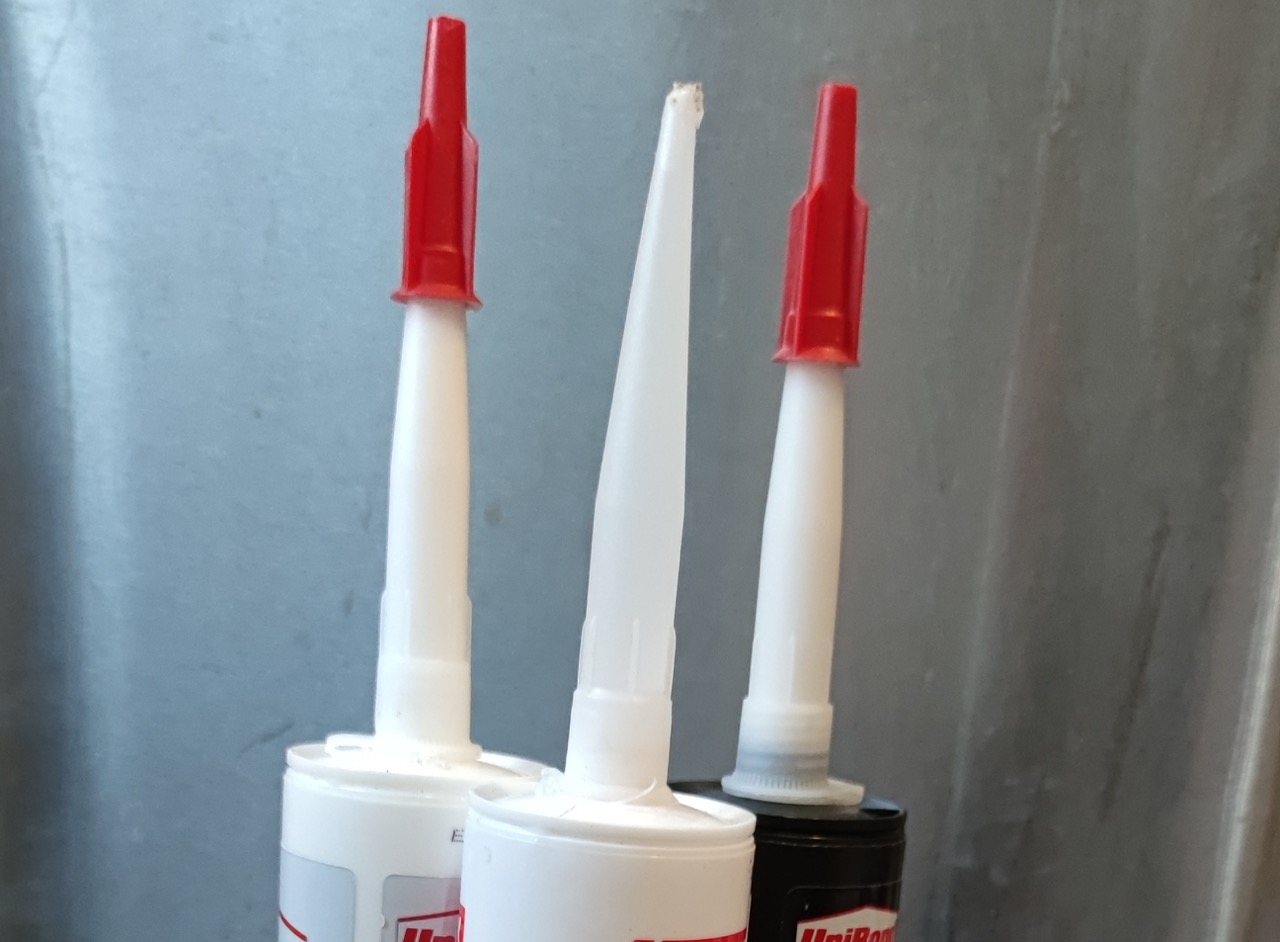
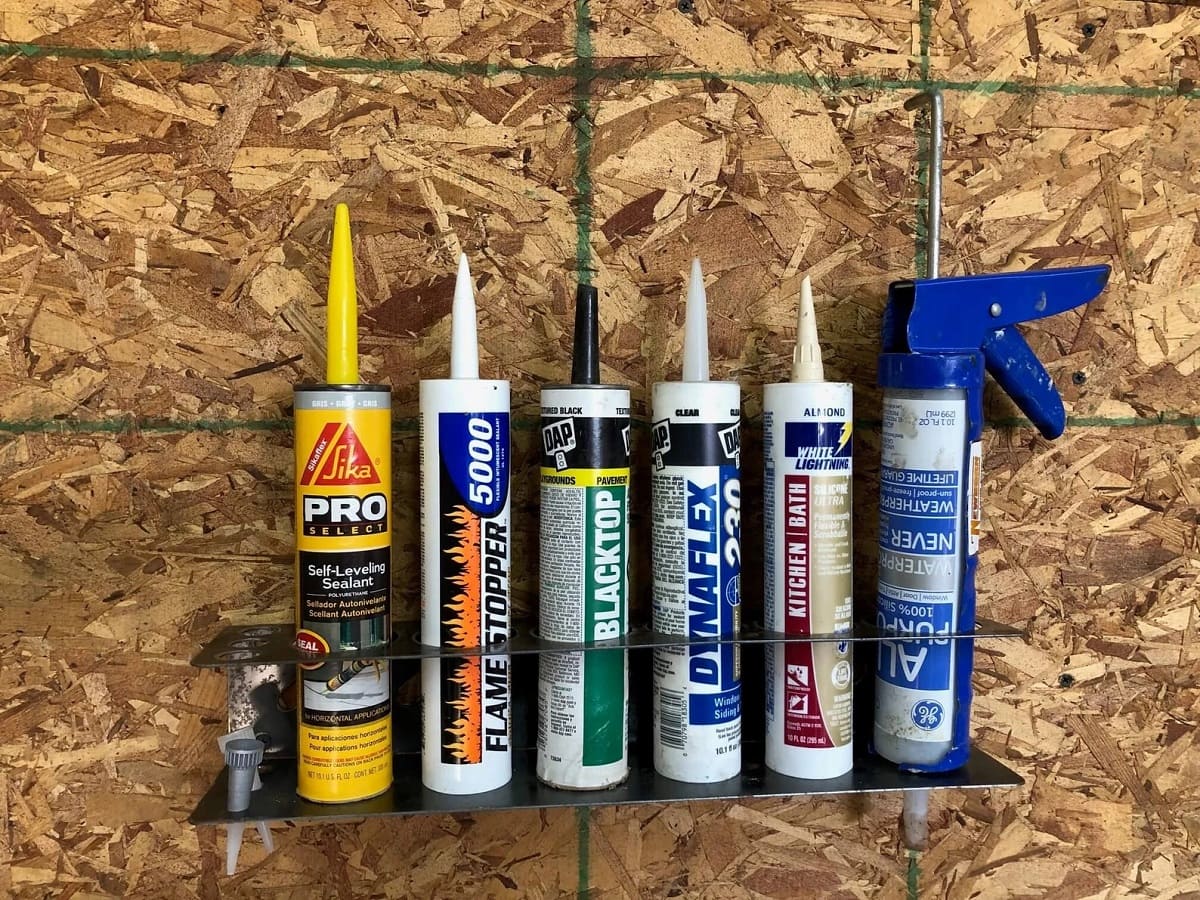
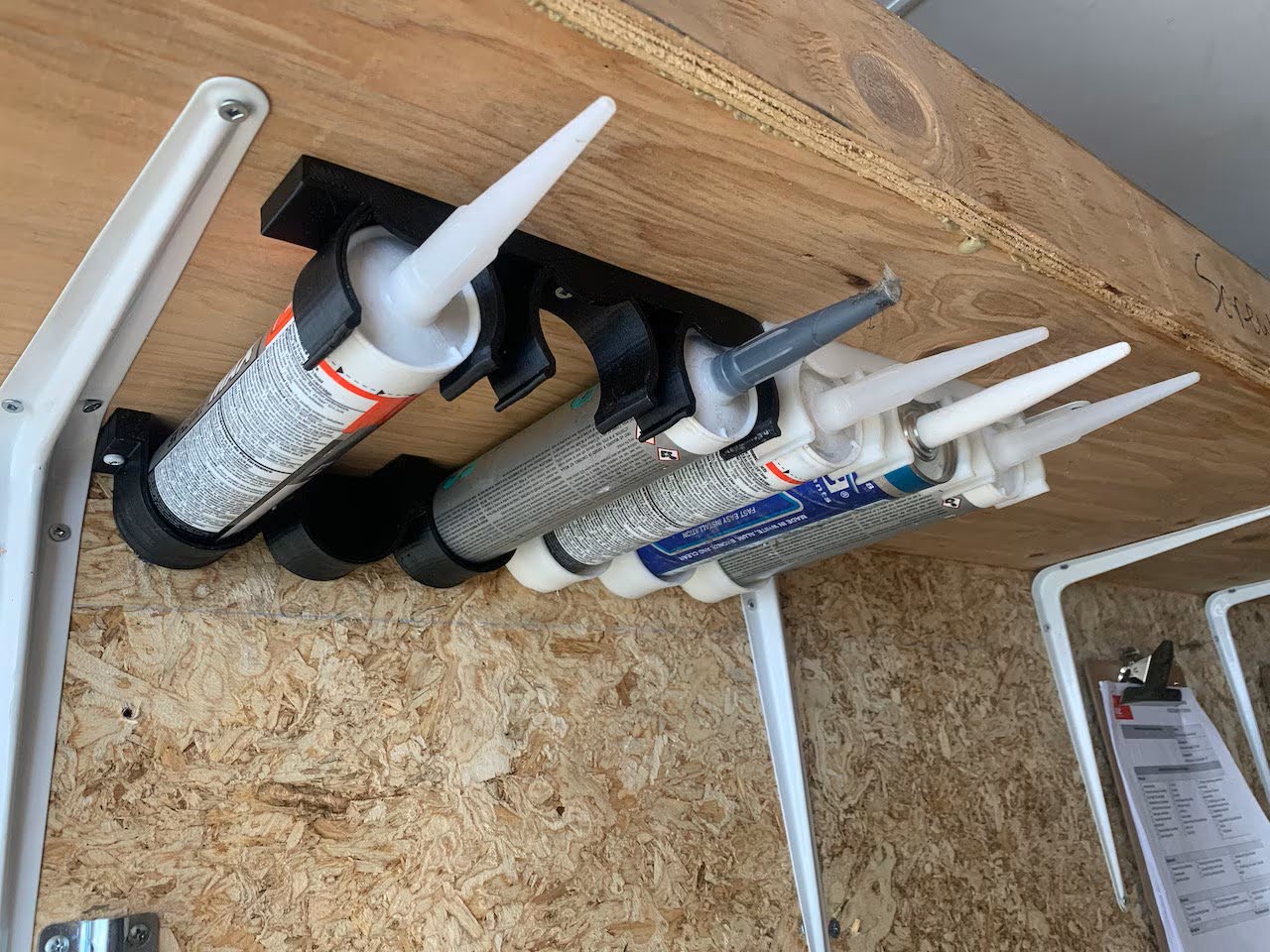
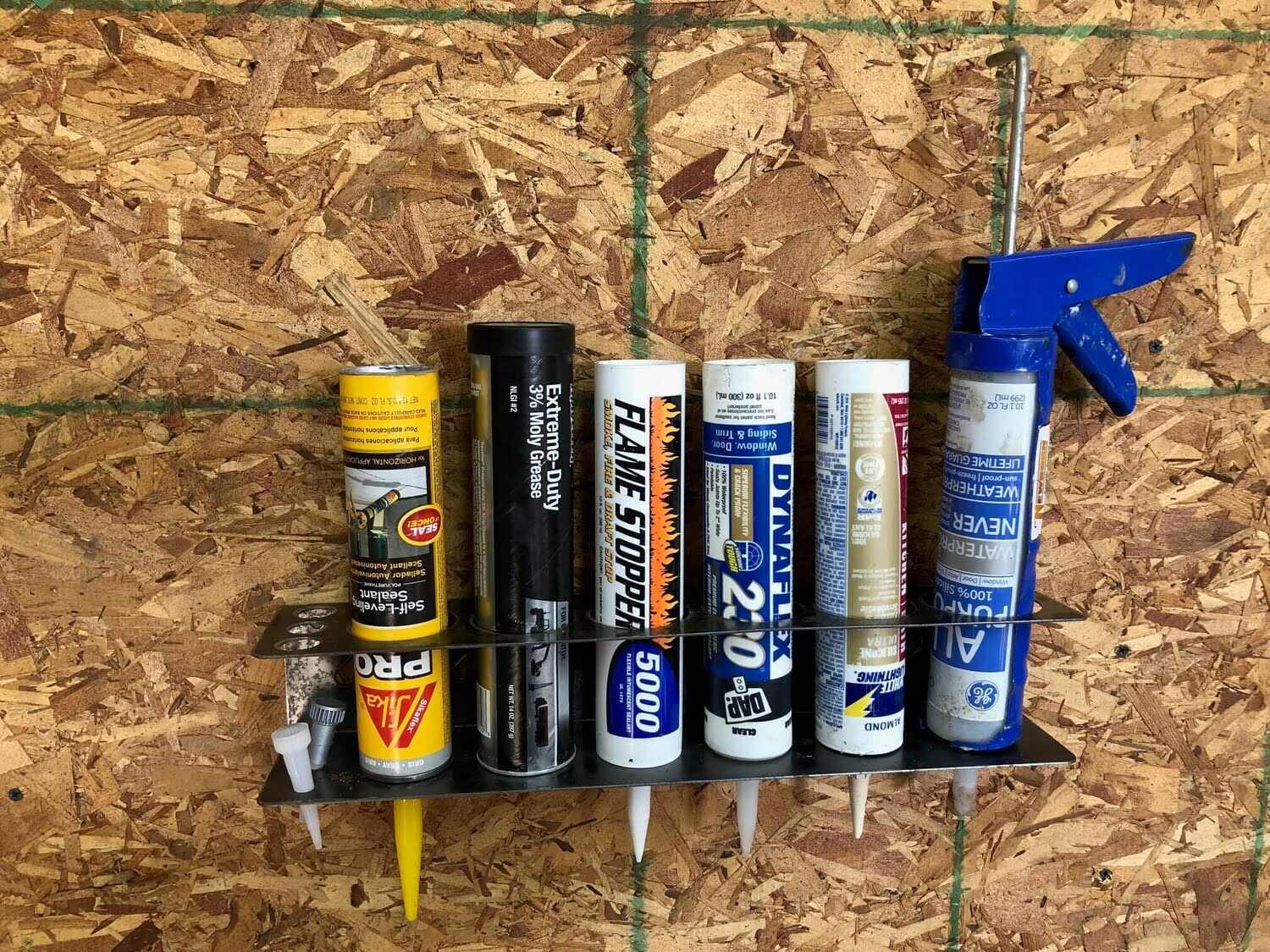
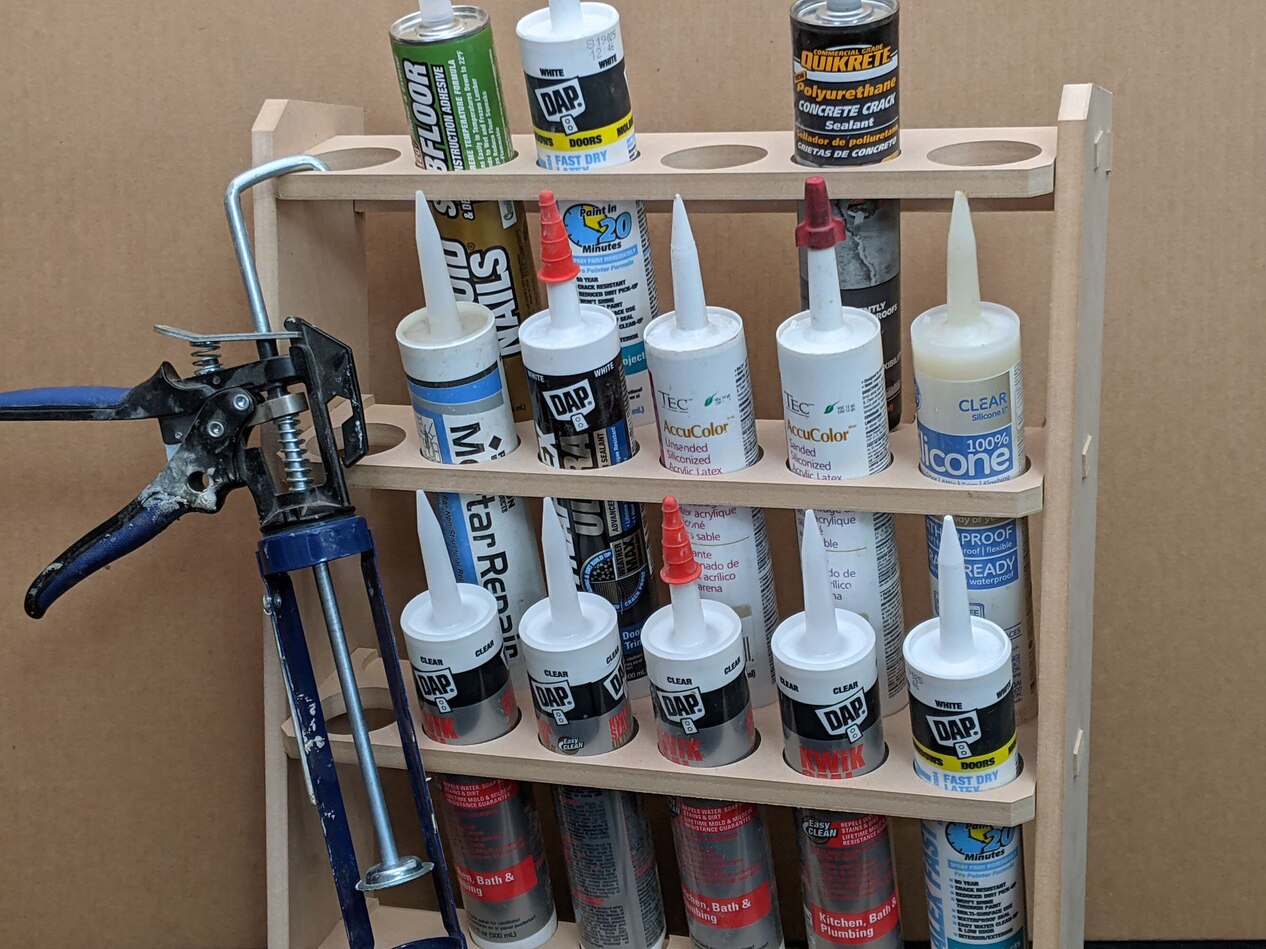
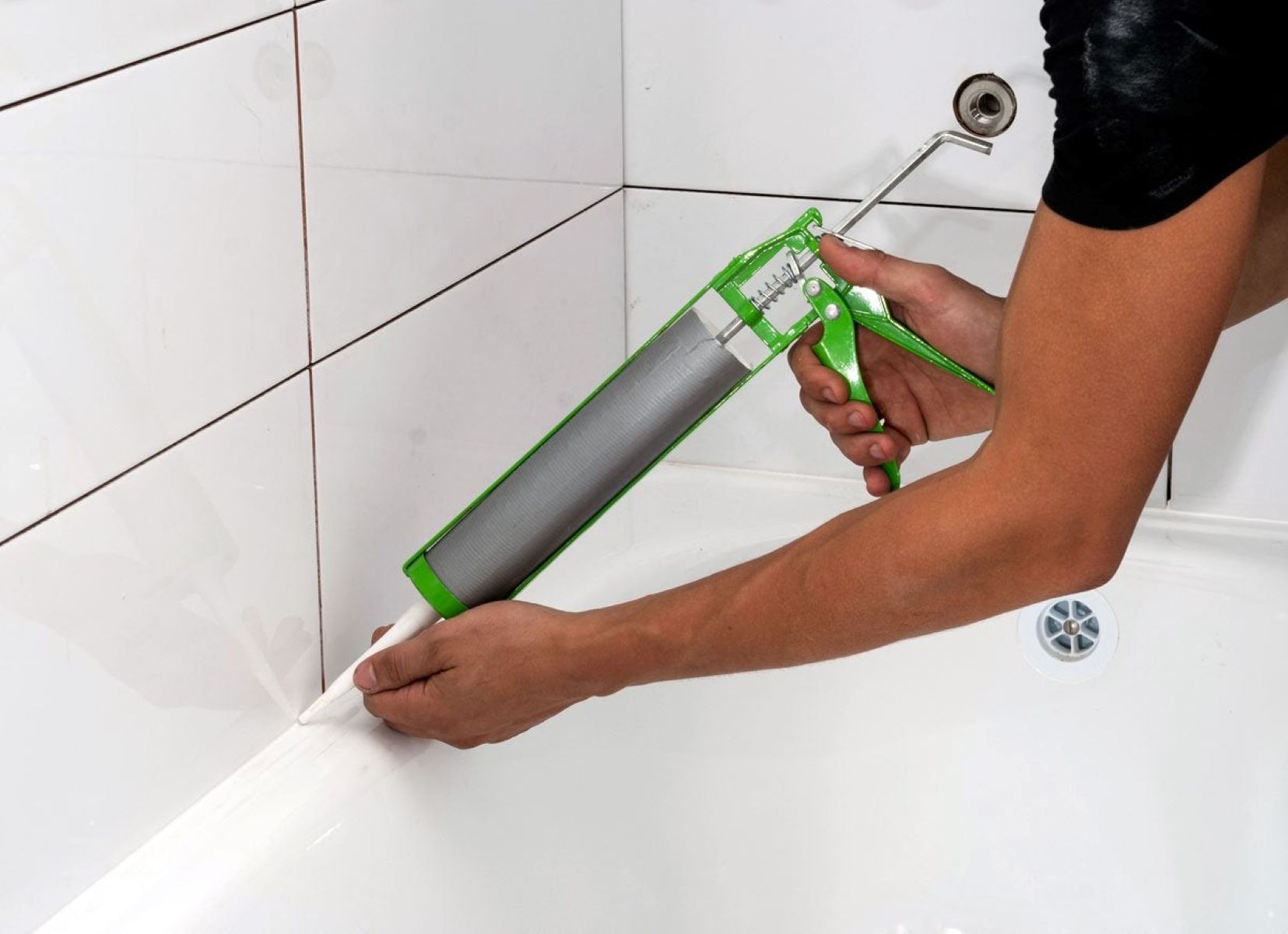
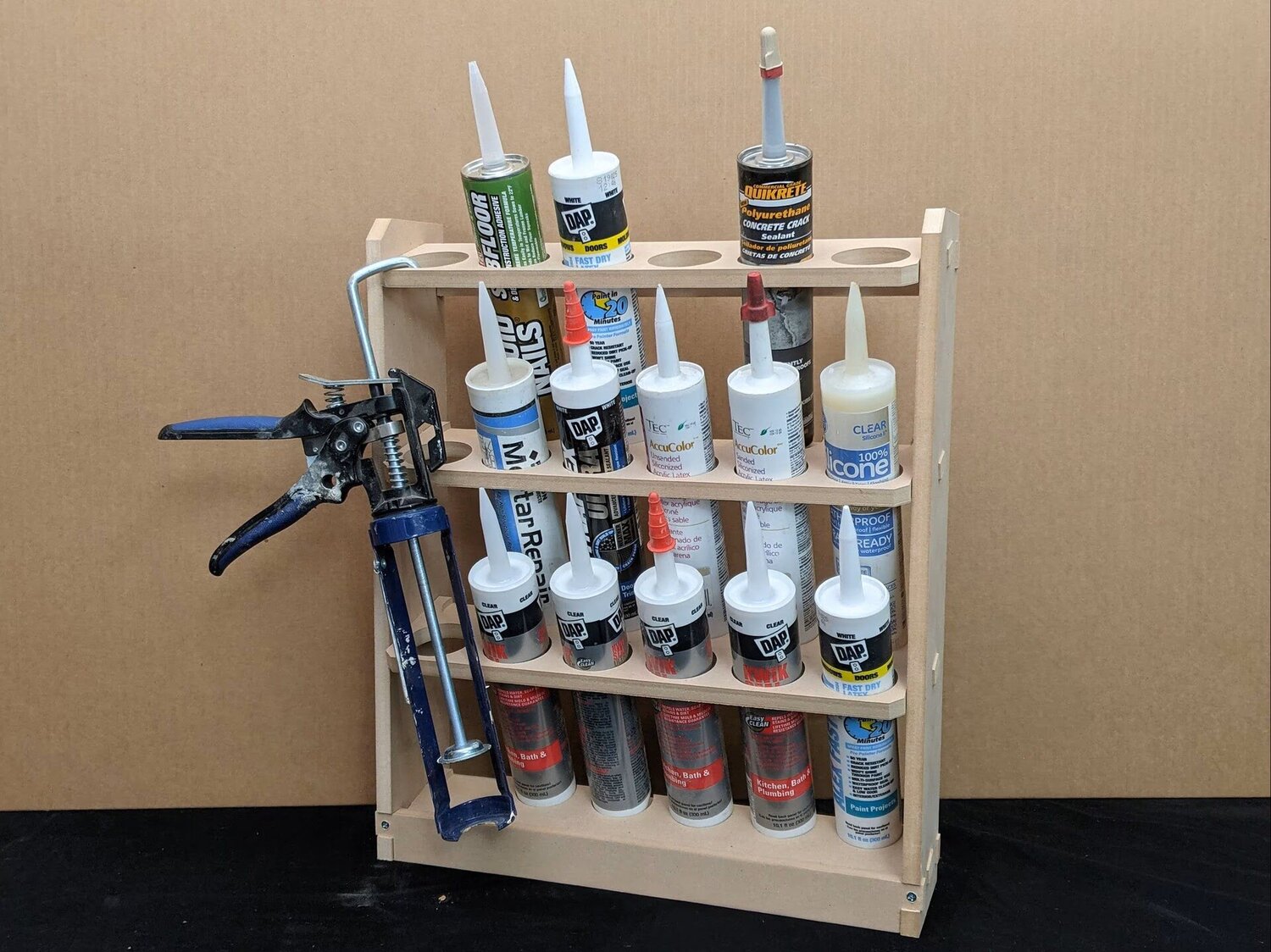
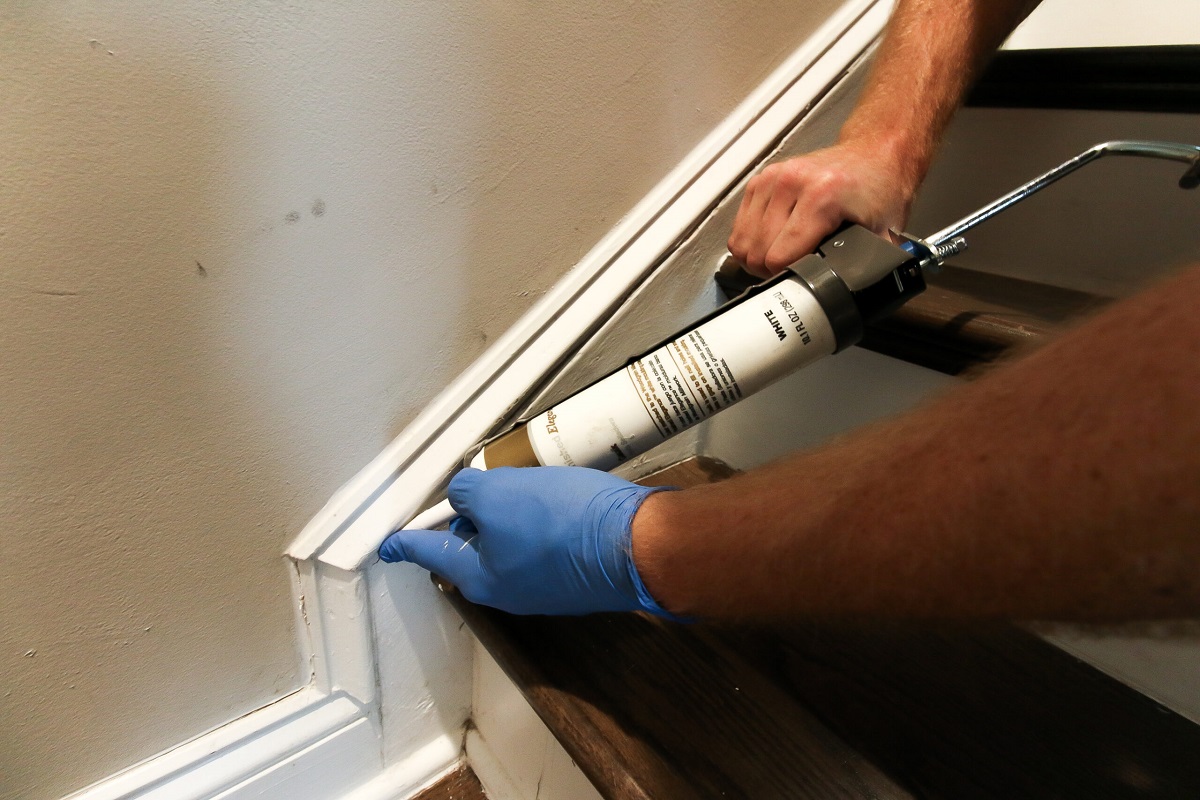
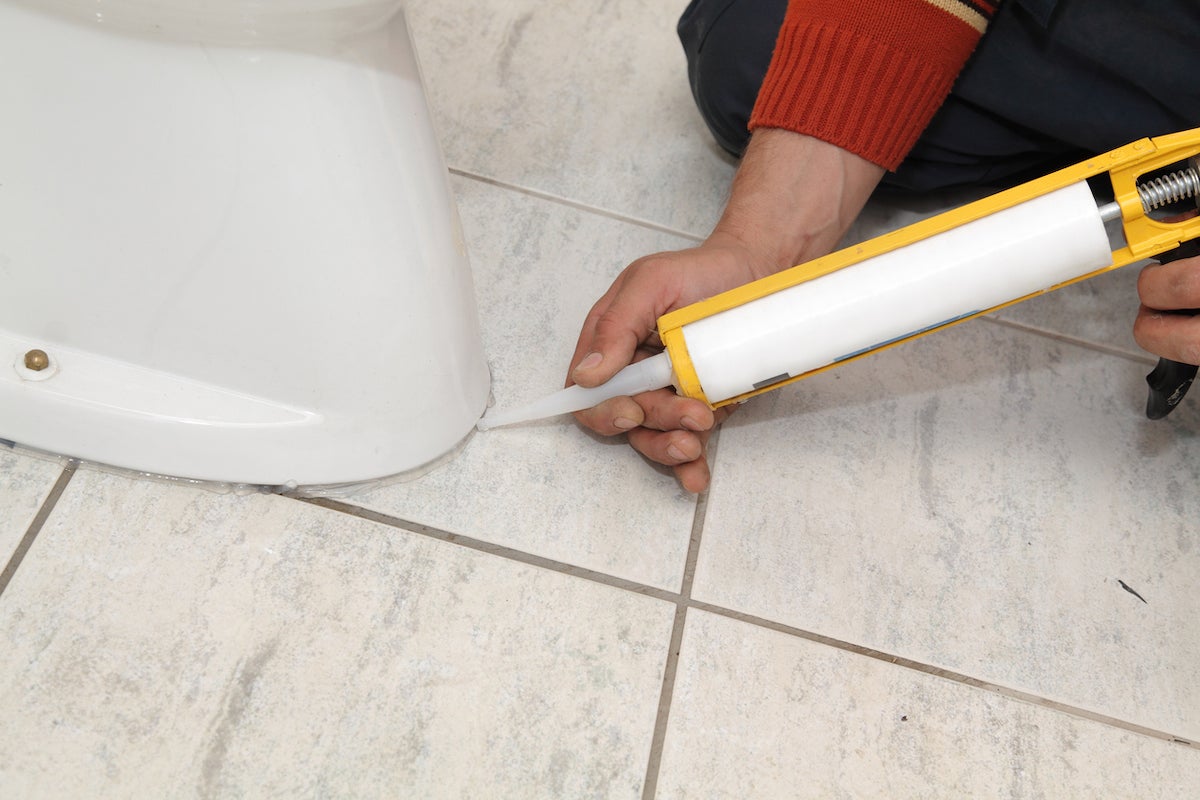
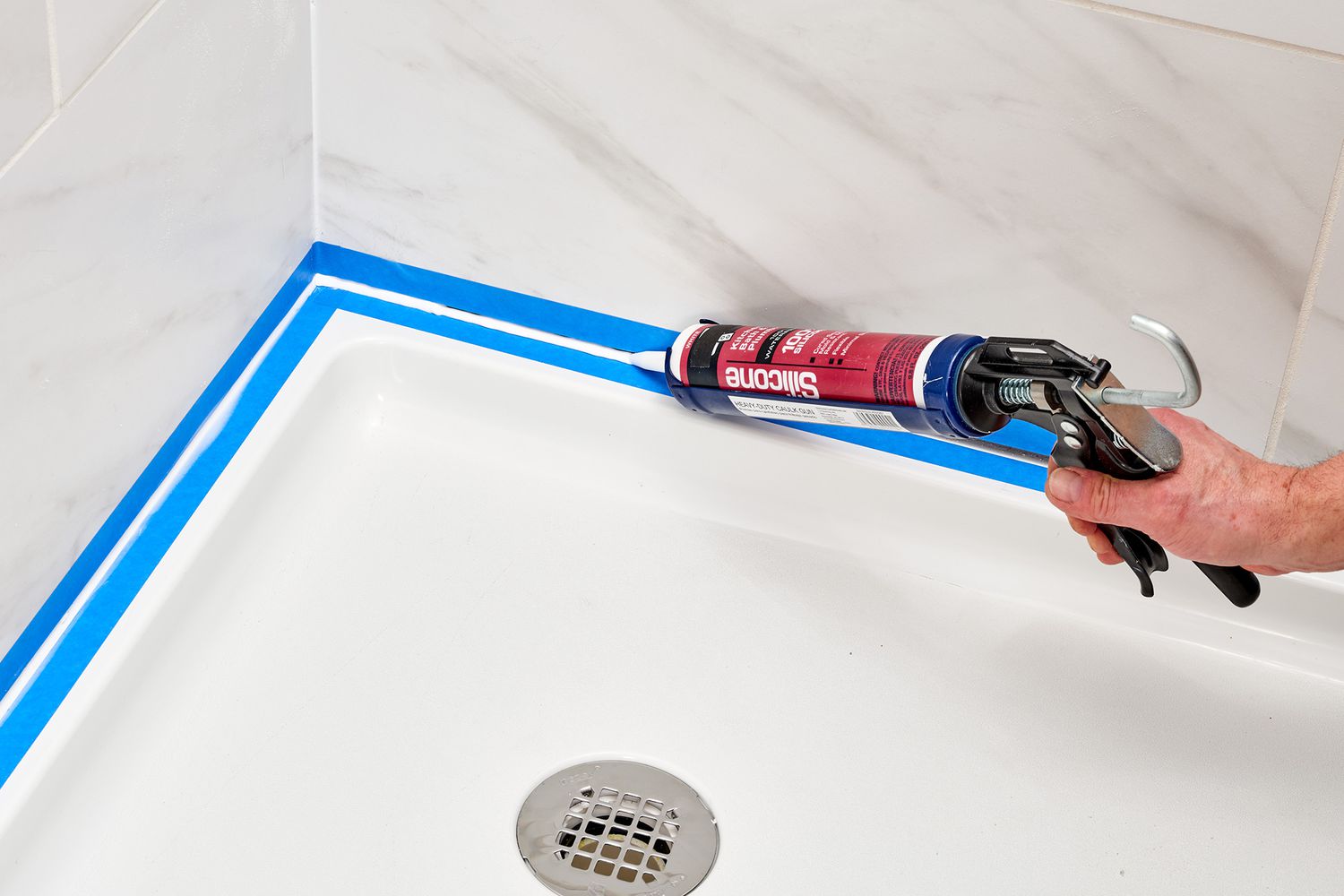
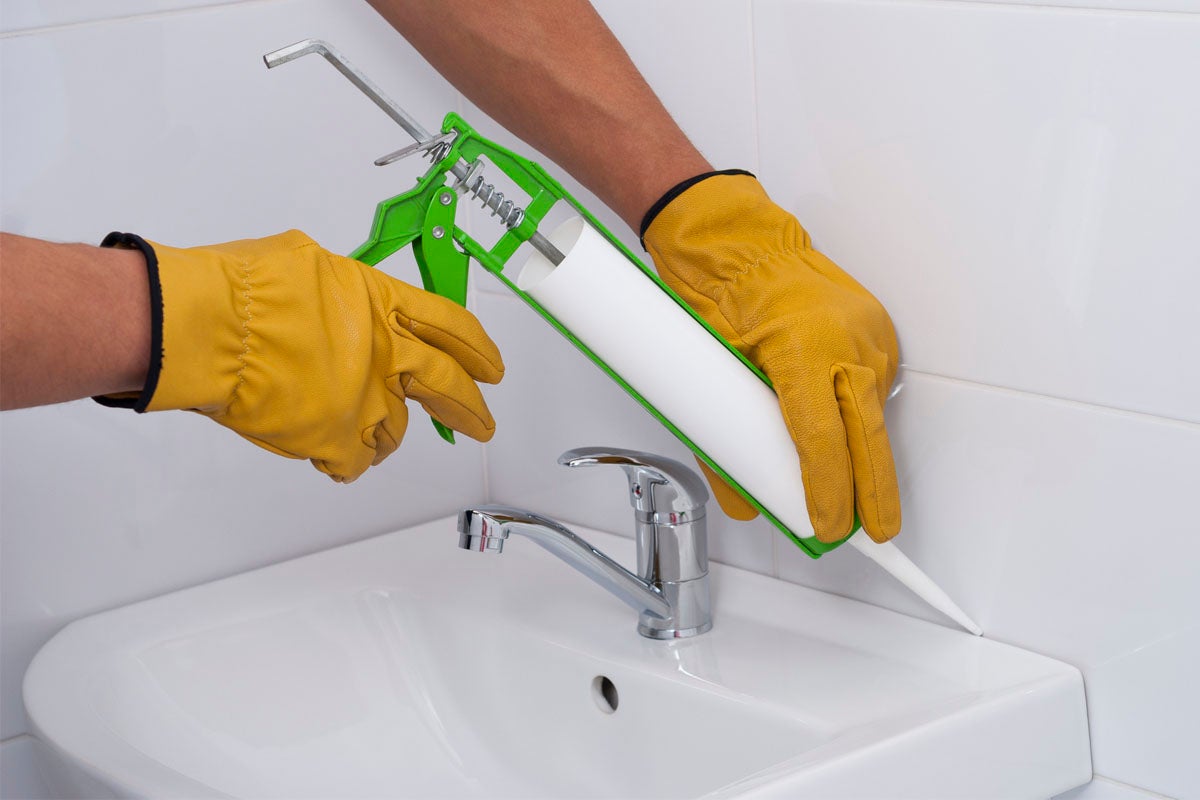
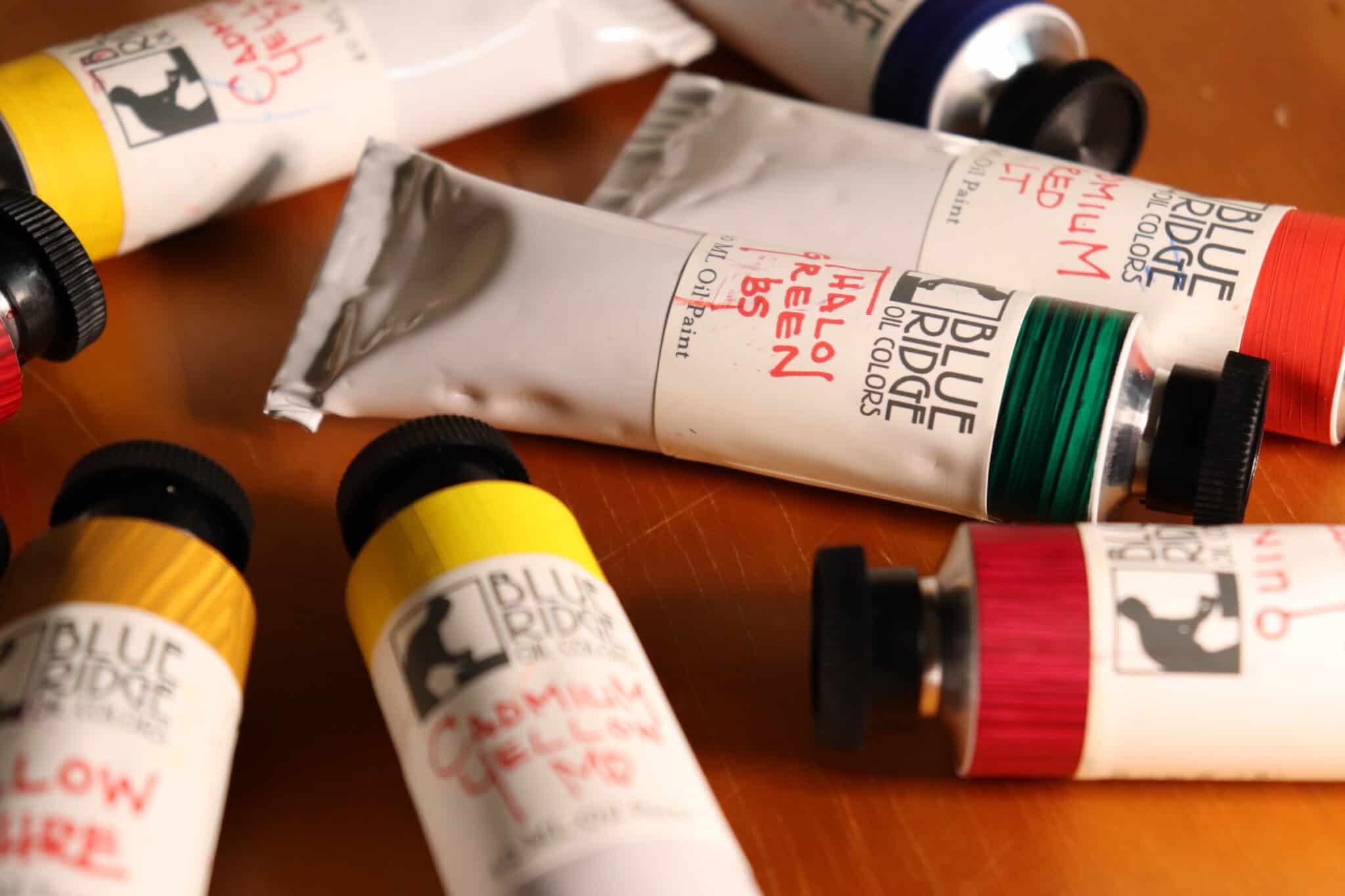
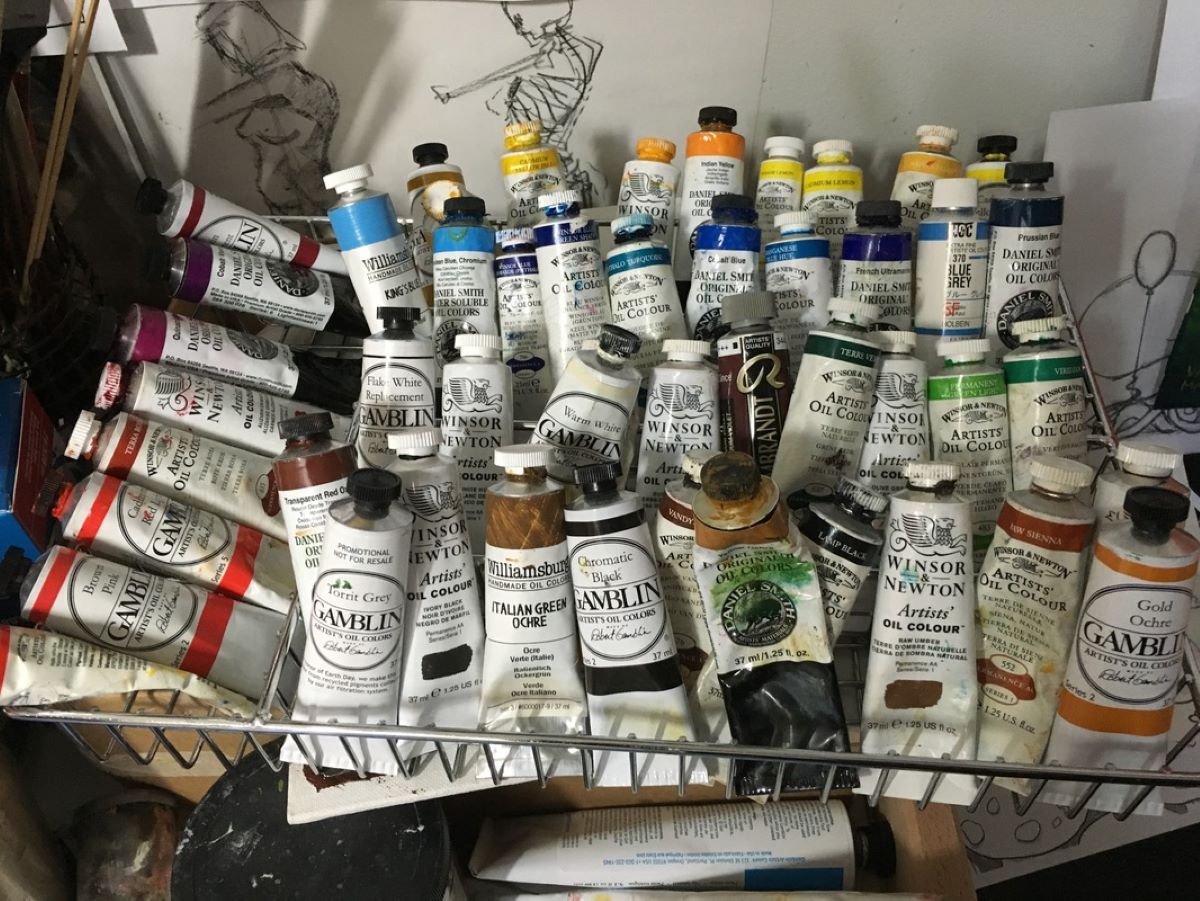

0 thoughts on “How To Store Opened Caulk Tube”